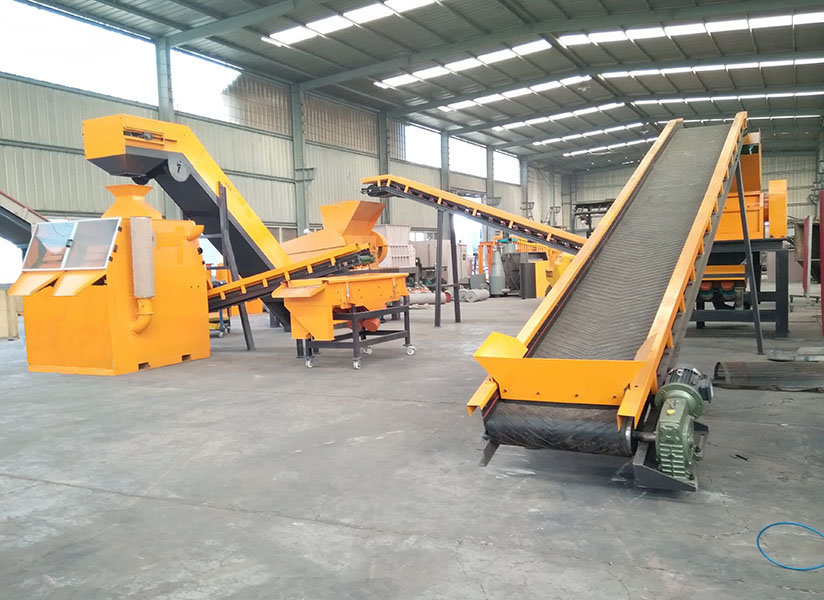

ພ.ຈ. . 21, 2024 12:13 Back to list
Eddy Current Recycling A Sustainable Solution for Metal Recovery
In recent years, the urgency for sustainable practices in various industries has pushed many to explore innovative solutions for recycling. Among these solutions, eddy current recycling has emerged as a promising technology for the efficient recovery of non-ferrous metals. This sophisticated process not only enhances resource efficiency but also aligns with the broader goals of environmental sustainability.
Eddy current recycling relies on the principles of electromagnetic induction to separate metallic materials from a mix of waste. The process begins by feeding scrap materials, such as electronic waste, automotive parts, or mixed metal scraps, into a conveyor system that transports them to an eddy current separator. Here, an oscillating magnetic field is created, which induces eddy currents in conductive metals. These eddy currents generate their own magnetic fields, ultimately causing the metals to repel away from the conveyor belt. This efficient separation process allows for the retrieval of high-value metals such as aluminum, copper, and zinc, while simultaneously rejecting non-metallic materials.
One of the key advantages of eddy current recycling is its effectiveness at recovering non-ferrous metals, which are often more challenging to separate than ferrous metals due to their lower magnetic properties
. Non-ferrous metals are crucial for various applications, ranging from construction to electronics, making their recovery essential for a sustainable future. The ability to quickly and effectively separate these metals means that less energy is spent on mining and refining virgin materials, which are energy-intensive processes that also contribute to the depletion of natural resources.
Additionally, the eddy current recycling process minimizes waste. Traditional methods of metal recovery can be labor-intensive and environmentally harmful, often producing significant amounts of waste material. By contrast, eddy current systems are designed to optimize the recycling process, ensuring that a higher percentage of materials is recovered and repurposed. This not only reduces landfill use but also lowers the overall ecological footprint of the recycling operation.
Moreover, advances in technology have led to the development of more efficient eddy current systems, capable of processing larger volumes and increasing the purity of recovered metals. Innovations such as adjustable magnetic field strengths and enhanced sensor technology have improved the accuracy of separation, allowing recyclers to achieve higher yields and better quality outputs. These improvements are critical as industries increasingly seek high-quality recycled materials to meet stringent production standards.
In conclusion, eddy current recycling represents a significant leap forward in the quest for an efficient and sustainable solution for metal recovery. By maximizing the recovery of valuable non-ferrous metals and minimizing waste, this technology not only contributes to achieving a circular economy but also supports broader environmental conservation efforts. As industries continue to embrace recycling and sustainability, eddy current technology will undoubtedly play a vital role in shaping a more sustainable future, turning waste into valuable resources and reducing the strain on our planet’s natural resources.
Latest news
Troubleshooting Common Eddy Separator Problems
NewsJul.04,2025
The Role of Metal Recycling Plants in Circular Economy
NewsJul.04,2025
The Impact of Recycling Line Pickers on Waste Management Costs
NewsJul.04,2025
Safety Features Every Metal Shredder Should Have
NewsJul.04,2025
How Industrial Shredders Improve Waste Management Systems
NewsJul.04,2025
How Cable Granulators Contribute to Sustainable Recycling
NewsJul.04,2025